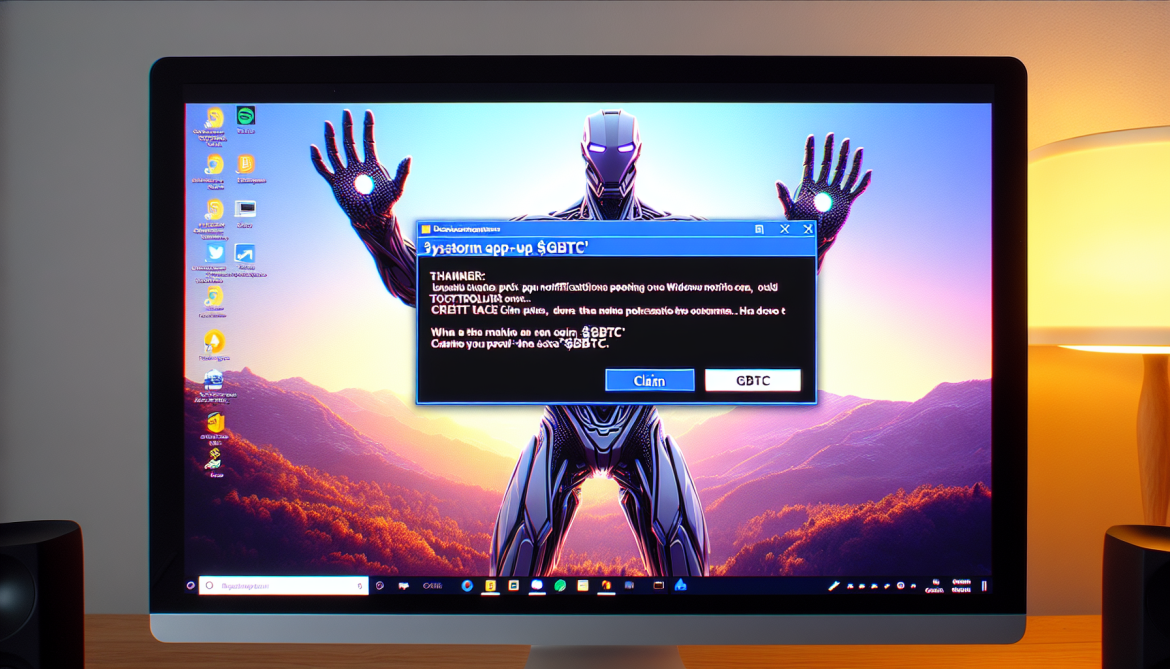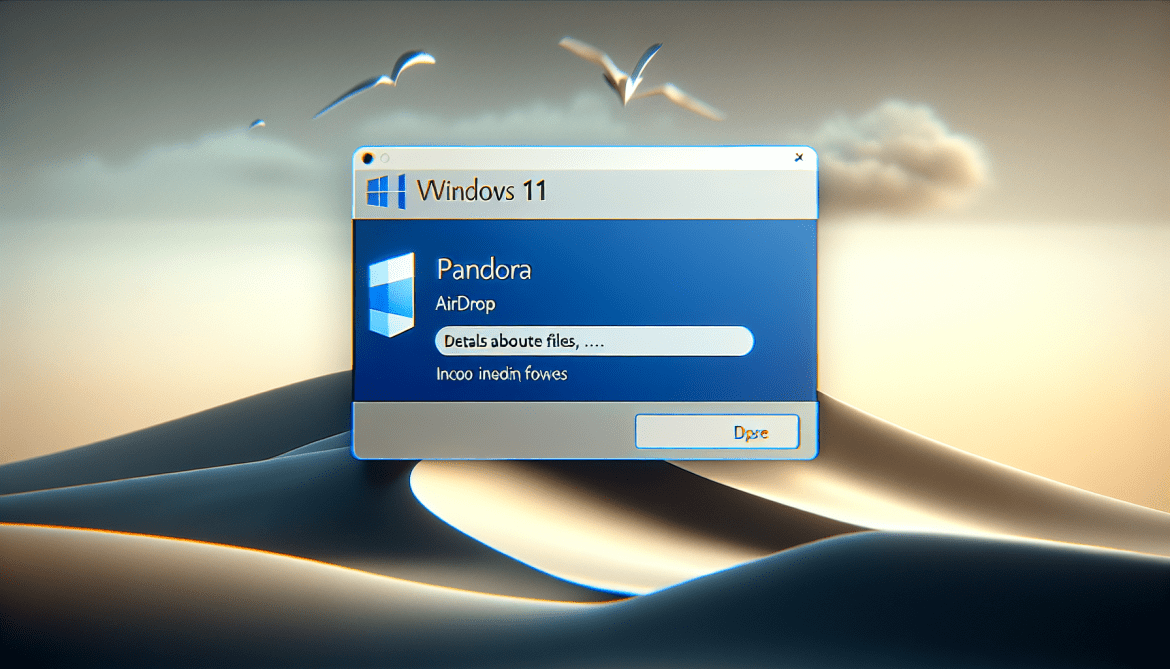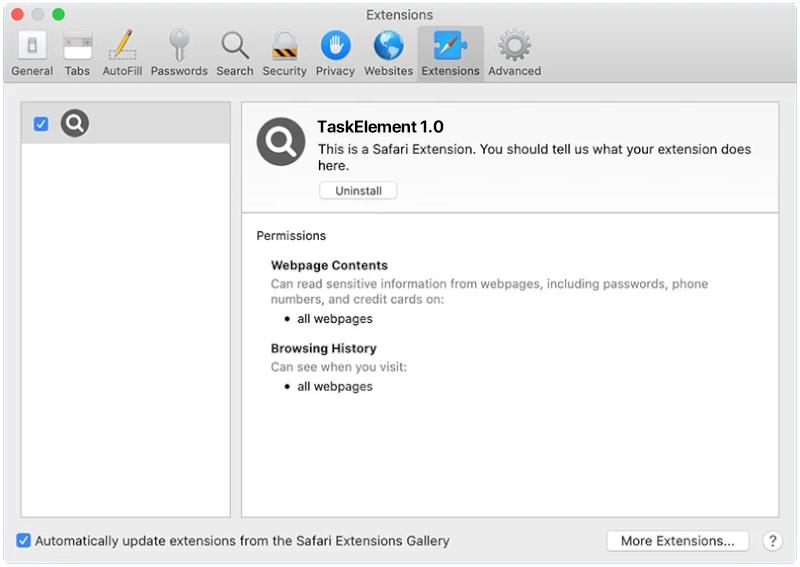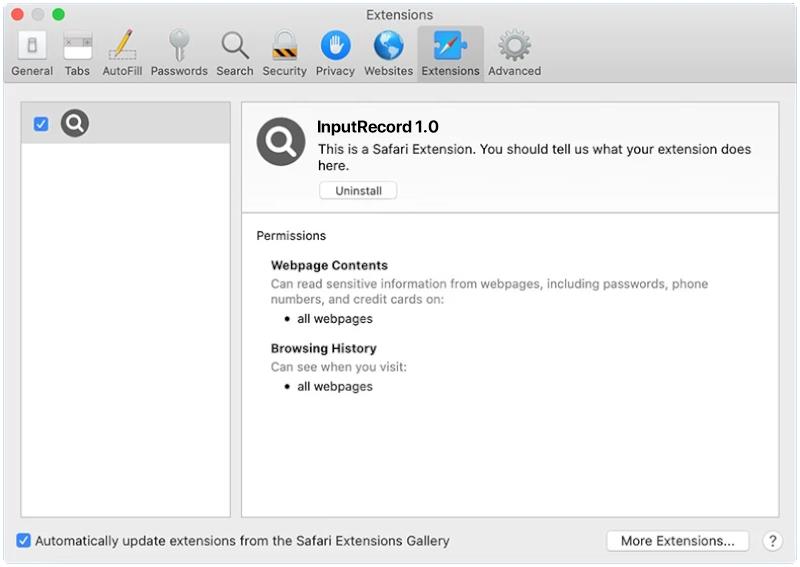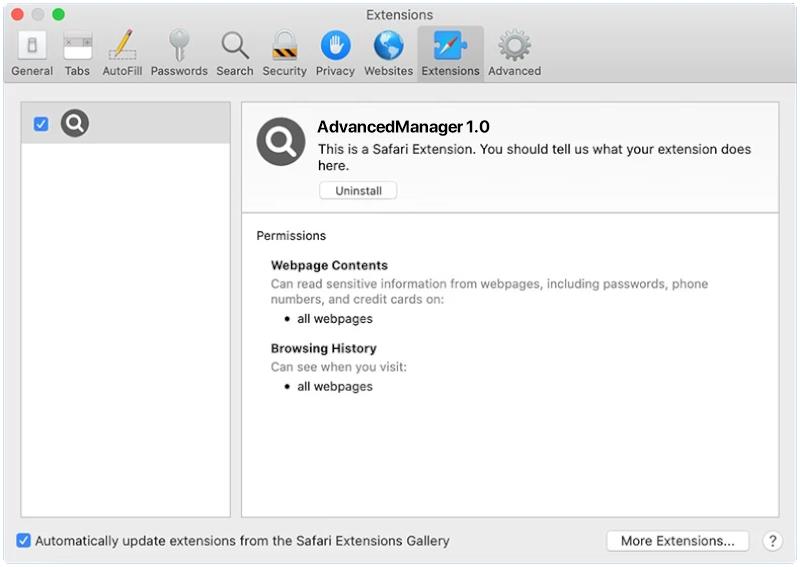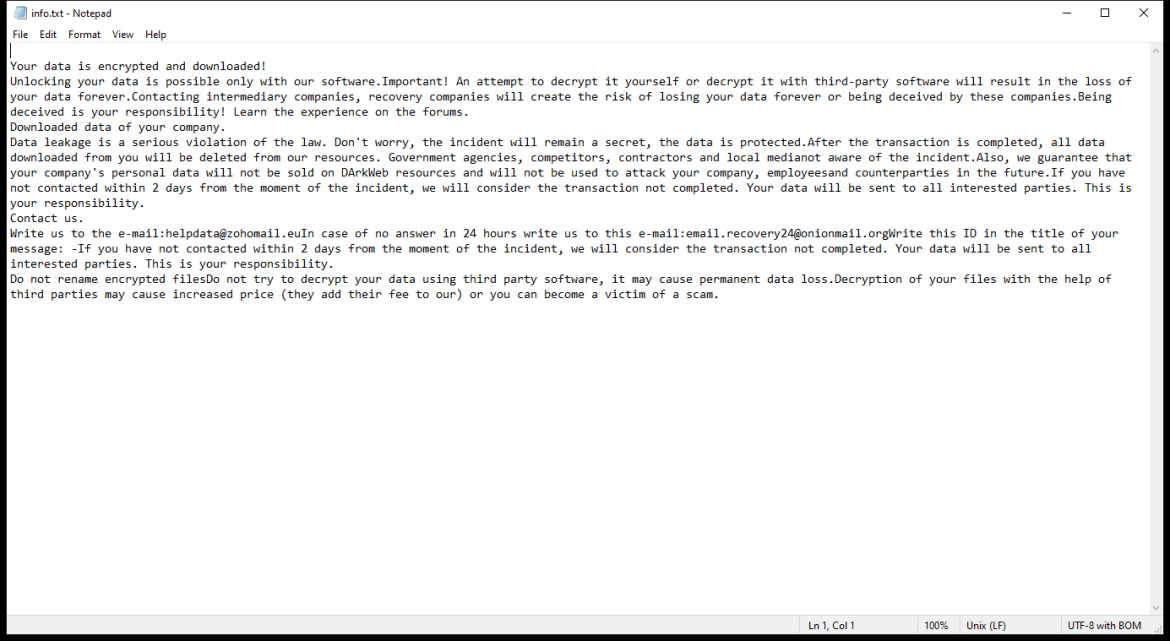AVIATOR AIRDROP is a term used to describe a type of promotional campaign where users can receive free tokens or cryptocurrency by participating in certain activities such as signing up for a platform, completing tasks, or referring friends. This marketing strategy is often used by new blockchain projects to increase awareness and attract potential users to their platform.
When AVIATOR AIRDROP appears in browsers, it is usually in the form of pop-up advertisements or notifications that prompt users to click on a link to participate in the airdrop campaign. These pop-ups may be triggered by certain keywords or browsing history, and are designed to catch the attention of users and encourage them to engage with the promotion. It is important for users to exercise caution when encountering these airdrop offers, as some may be scams or phishing attempts to steal personal information or funds.



